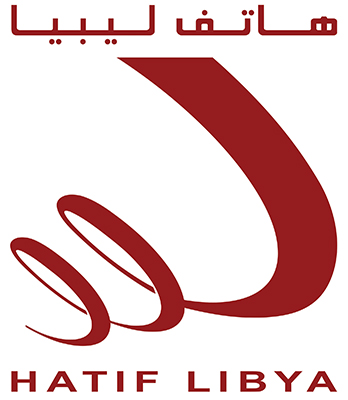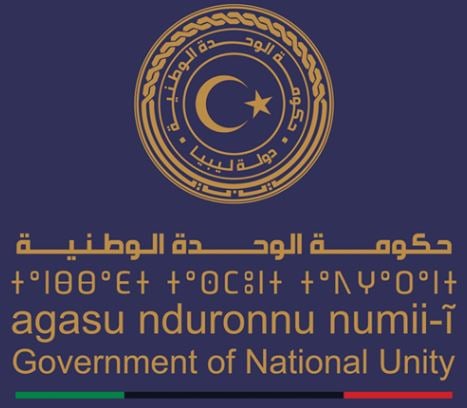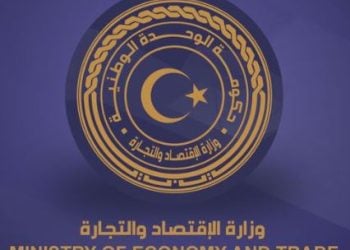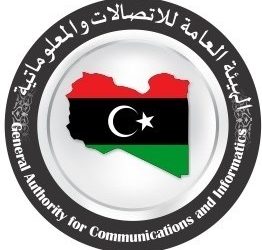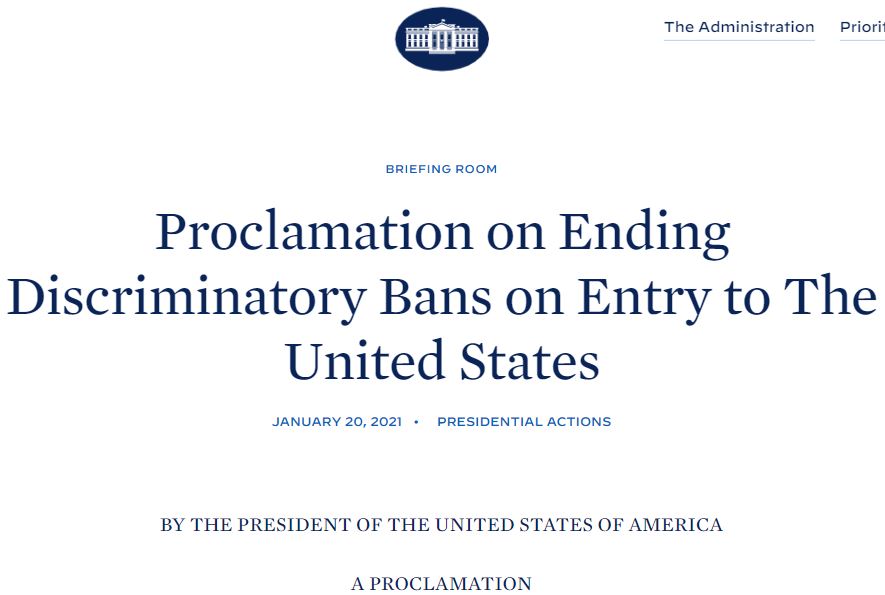By Sami Zaptia.
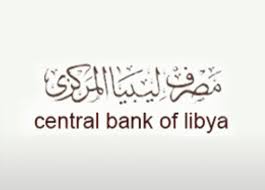
London, 21 January 2021:
The Central Bank of Libya’s (CBL) loan to the internationally recognized Libyan government based in Tripoli was LD 26.706 billion, the CBL revealed yesterday in its latest statistical bulleting covering the period from 1 January to 31 December 2020.
Revenues
Oil revenues were LD 2.409 bn and tax revenues earnt LD 633 million. Customs revenues brought in LD 132 m while state telecommunications accrued LD 172 m.
CBL contribution from its profits were LD 300 million, local fuel sales were LD 225 m, other revenues LD 426 million and the Jihad tax earnt LD 165 million. Total oil and sovereign revenues brought in LD 4.462 bn.
LD 1.575 bn from the foreign currency sales surcharge for spending on projects and development.
Outgoings
The biggest outgoing in the budget were state-sector salaries at LD 21.817 bn making 58 percent of outgoings. Operational outgoings were LD 3.565 bn (10 percent), project and development spending were LD 1.801 bn (5 percent).
State subsidies were LD 5.600 bn (15 percent) and the Emergency budget was LD 4.527 bn (12 percent). The total outgoings were LD 37.310 bn.
NOC continues to suspend oil revenues in its LFB account as part of the Maetig-Hafter oil production/export resumption agreement
The CBL reported that the NOC has continued not to transfer oil revenues from its account to the CBL account – as it is supposed to by law.
This is because it has suspended these revenues temporarily in its Libyan Foreign Bank (LFB) account as part of the Maetig-Hafter political agreement through which Khalifa Hafter allowed oil production and exports from the eastern oil fields under his military control to resume.
In return, the western Libyan authorities would increase transparency and accountability of how oil revenues were being spent by the Tripoli government. They would also distribute these revenues in a fairer manner.
The agreement also included the ending of the suspension of the bank clearance system with eastern Libya, the meeting of the unified CBL board and the reunification of the LD exchange rate.
While the bank clearance system has not been reopened, Tripoli has agreed to reunify the whole country’s budget, thereby absorbing the budget deficit of the eastern Libyan government made up of bank loans. Controversially, this may include the financing of Khalifa Hafter’s war on Tripoli.
This is a political agreement between the split Libyan streams which the CBL has objected to – but has had to nevertheless go along with.
2020 Coronavirus spending
The CBL reported that it had supplied LD 1.278 bn for Covid-19 spending – excluding Covid-19 spending within the subsidies section of the budget.
Oil stoppage in 2020 cost US $ 11 bn
It reported that the oil production/export stoppage imposed by Hafter/his allies last January, and only lifted in September 2020, cost Libya US $11 bn in lost revenues.
Surcharge on foreign currency sales
The surcharge imposed on the sale of foreign currency in 2020 earnt the Libyan state LD 15.257 bn. This had been to some degree key in raising revenues for the state to spend on projects and development and in partially alleviating the cash crisis at banks.
However, the lack of trust in the state and system meant that no matter how much cash the state pumped into banks, once withdrawn, citizens preferred to stash it at home – rather than in their bank accounts.
Extraordinary budget for NOC to increase oil production
The CBL reported that the National Oil Corporation (NOC) received LD 1.2 bn in 2020 as part of the Extraordinary Budget allocated to it by virtue of the Faiez Serraj government decree 1080/2019. This amount was raised in 2018 from the foreign currency sales surcharge.
Non-oil revenues at record low
The CBL continued to point out that non-oil revenues were too low, coming in at just LD 1.641 bn – down 47 percent. In its view the government should make more effort to increase this.
Subsidies
The breakdown of state subsidies was as follows:
- The state Medical Supply Organization (MSO) that buys medicines and medical equipment received LD 850 million
- Fuel subsidies received LD 3.400 bn
- Electricity received LD 720 m
- Water and sewage LD 230 m
- Sanitation LD 400 m
Foreign currency reserves, revenues, and outgoings
The CBL reported that there was a foreign currency reserves deficit for the year of US$ 9.342 bn which it covered from its reserves.
Foreign currency revenues for the year were US$ 3.8 bn, of which US$ 2.051 bn were from oil revenues from 2019.
Foreign currency outgoings for the year were US$ 13.142 bn. These included:
- US$ 7.102 bn to Libya’s commercial banks
- US$ 180 m for the annual hard currency family allowance
- US$ 5.393 bn for trade finance
- US$ 1.529 bn for personal transfers.
The personal transfers covered study abroad, medical treatment, expat salaries, insurance, aviation, and personal transfers.
There were US$ 6.040 bn for government transfers. These included US$ 1.430 bn for foreign litigation expenses and transfers for the Finance Ministry.
The NOC received US$ 3.270 covering fuel import subsidies and other expenses.
US$ 1.340 went to cover Letters of Credit for other state entities.
HoR and HSC Constitutional Committee agree to hold constitution referendum | (libyaherald.com)
CBL budget deficit loan reaches LD 25 bn | (libyaherald.com)
LD 22 bn CBL loan to cover budget deficit to 31 October 2020 | (libyaherald.com)
Prices will decrease by 35-45 percent because of dinar devaluation: CBL expert | (libyaherald.com)
UNSMIL congratulates CBL on unification of exchange rate | (libyaherald.com)
The Maetig-Hafter proposal to resume oil exports: Analysis | (libyaherald.com)
CBL unified board holds a ‘‘preliminary’’ meeting | (libyaherald.com)
The Maetig-Hafter proposal to resume oil exports: Analysis | (libyaherald.com)
